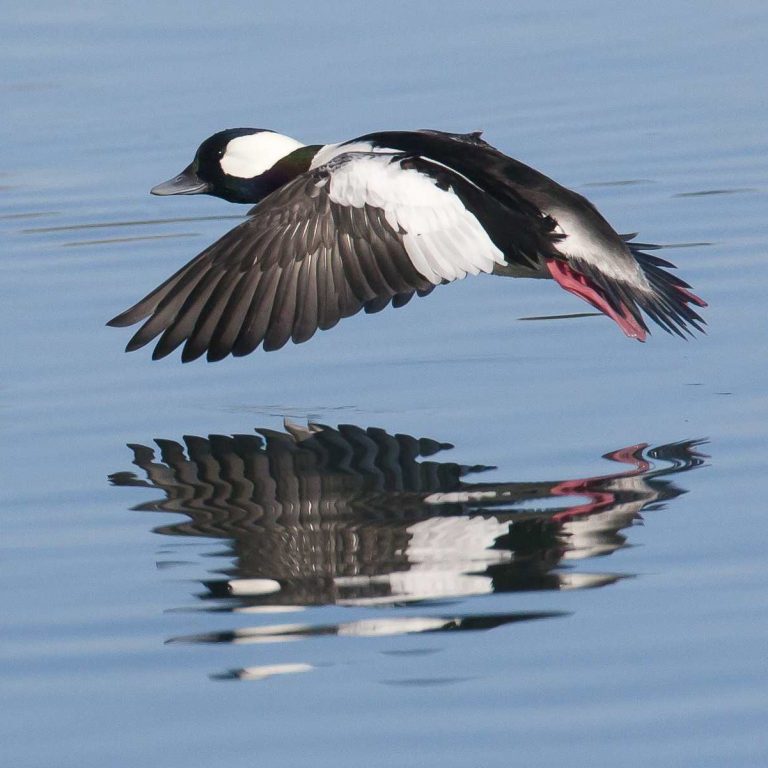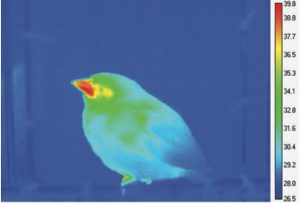“I’m not really a birder”
Note: Golden Gate Bird Alliance is delighted to reprint this blog post by Rue Mapp, founder of Outdoor Afro, an organization that reconnects African-Americans with natural spaces and one another through recreational activities such as camping, hiking, biking and birding. Rue lives in Oakland with her three children and worked as a Development Associate at GGBA in 2009-10.
By Rue Mapp
“I’m not really a birder.”
This is how I began my group introduction this weekend at a summit of leading bird and travel bloggers from around the United States in Tucson, Arizona. In this crowd, I considered labeling myself a birder risky, like I might be ousted as an imposter from the group of world-traveled birding experts with hundreds of species on their life lists.
But Sharon Stiteler — otherwise known as “Birdchick” — challenged me.
“Do you own a pair of binoculars?” she asked.
“Um, yeah,” I said.
“And how many bird books do you own?”
I stared at her blankly as I started running through my mind the bird guides I owned, and wondered if I should count the wildlife photography books too…
But before I could respond, Sharon said with a shrug, “You’re a birder.”
Busted.
Our group came together to network and help Swarovski Optik (yes, the crystal folks) learn about the role of social media and bloggers to connect more people to the world of birding through their premium lenses. And over two days of focused bird searching and observing in the stunning mountains and valleys surrounding beautiful Tucson, we each had a chance to try out a variety of scopes and binoculars that put the bins I have been using at home these past two years to shame.
 Bloggers with optics / Photo by Outdoor Afro
Bloggers with optics / Photo by Outdoor Afro
But there was something else about my birder disclaimer that nagged at me over the weekend, and I finally realized it had a lot to do with how the birding community is perceived beyond its traditional participants.
You see, many people I know have not even heard of the term “birding” as an activity to do, much less be.
For generations, African Americans have known and identified birds and other wildlife necessary for living in close contact with rural land and for pleasure. But in recent generations, as more of us have moved to busy cities that distract us from the natural world, there is an opportunity to re-engage the appetite for birding again, although it is critical to make the experience directly relevant to how people can expand their quality of life.…










